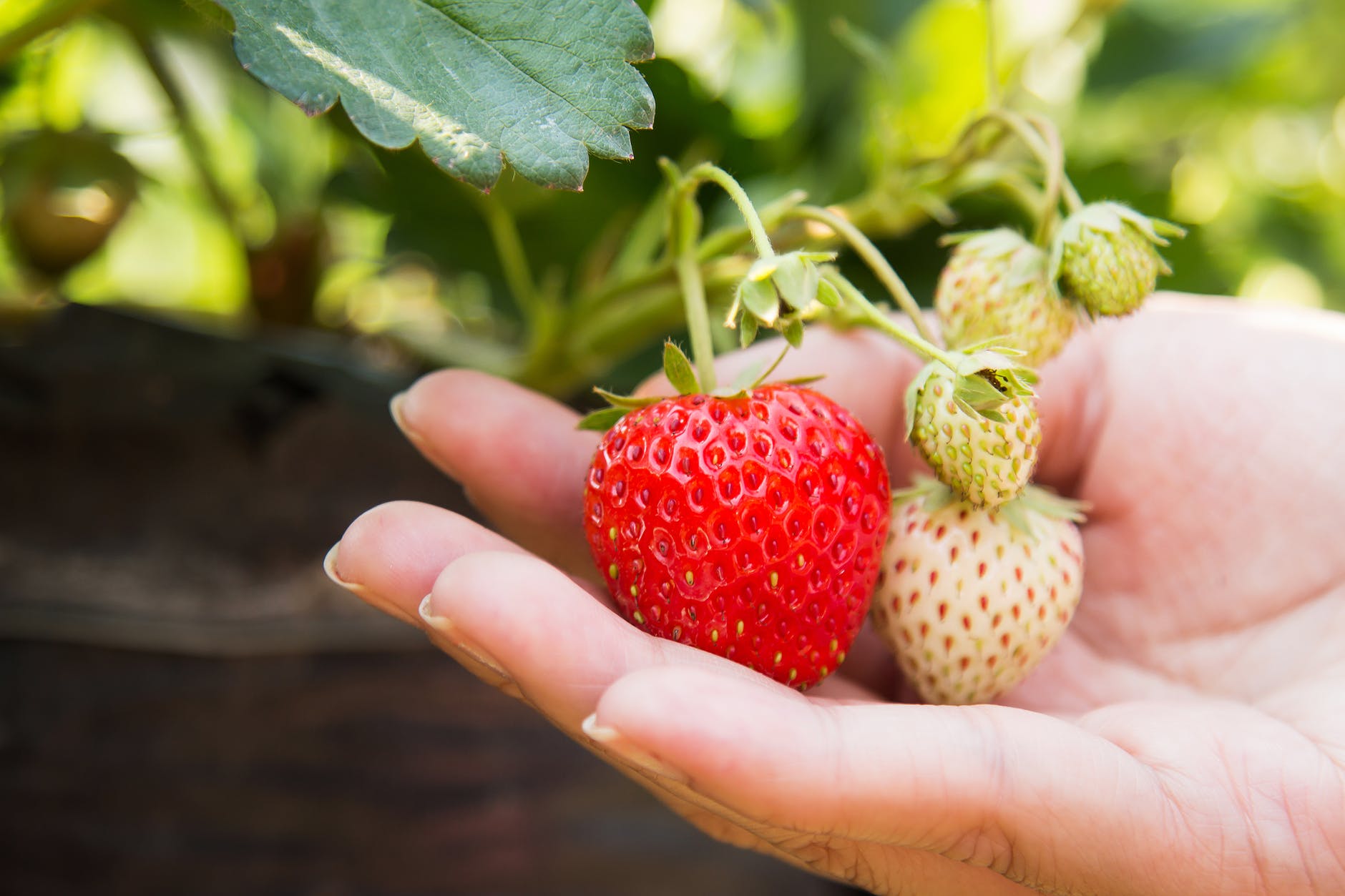The good news is, it is still possible to have a sustainable, profitable micro farm on a small piece of land. However, the truth is that the methods and tools that worked in traditional pioneering and homesteading days just won’t cut it anymore. Here’s the reality of starting a micro farm today.
Finding Land
It is an unusual circumstance to find true homesteading lands these days. At one time, the federal government granted land in exchange for a commitment to build on it (the Homestead Act.) This is no longer the case; there are no current federal programs to provide land in this fashion.
It is still possible to find communities that offer a similar program, but they are rare, and usually come with restrictions that may be difficult to comply with.
>> Start a Small Farm or Make Money From Your Garden
So, in reality, finding land for your micro farm comes down to two options: 1, buy it; or 2, rent it. In either case you will need some cash money to get started, and on an on-going basis to pay your mortgage and property taxes, or rent.
Renting farm land and living somewhere else is a viable option if you don’t have the money to buy, or can’t qualify for a mortgage. There is good, underutilized farm land in many areas of the country. Put the word out to your neighbors that you are looking for a small plot for a micro farm to raise some vegetables and possibly livestock.
You can also find land for your micro farm by driving around and looking for fields that appear unworked, without animals grazing. Ask local farmers if they might be interested in renting you a small plot; they may even take a share of what your small farm produces in exchange.
What to Grow on Your Micro Farm?
In determining what to grow on your micro farm, you first have to set some goals. Do you expect your micro farm to produce some part-time income? Or do you plan to make a full time living from your plot of land? While it is possible to generate revenue per acre of $40,000 or even more, this requires good planning, good marketing, and the right mix of micro farm crops.
If you need to generate a quick return from your property, several crop choices are eliminated. An orchard will typically take at least 5 years to start producing. Even small fruit like strawberries and raspberries will produce nothing until the second year.
Many possible micro farm ideas may be ruled out for other reasons. For example, raising beef or dairy cattle on a small property is not practical. There are high start up costs, and the typical micro farm of less than 5 acres just doesn’t have sufficient room.
These factors also rule out grain farming. The equipment and land required are beyond the reach of most micro farmers.
I would also rule out starting with breeding stock of any kind. There is a steep learning curve associated with breeding and raising livestock for profit.
A start-up business within the capabilities of most people is an organic market garden. This business can be started with a low-dollar investment, and can be expanded as your experience and resources grow. There is increasing awareness of and demand for fresh, local, organic food in most areas of the country, so the potential is there to grow your market garden into a full time business.
What about livestock for your micro farm? There are two livestock animals that meet the criteria of a low-dollar start-up, shallow learning curve, not requiring too much land, and providing a quick turnaround for your investment: raising pigs on pasture, and raising chickens for meat.
Raising pigs on pasture is a good sideline business for your micro farm. Buy weaned piglets (weaners) from a local farmer, and raise them organically on pasture for about 5 months. Be aware that pigs will root up the ground; take advantage of this by letting them prepare a garden area for you. Delicious, pasture-raised organic pork is a premium product; you should be able to charge a price that will net you about 60% profit on your investment.
Day-ranging meat chickens may be the ideal small farm livestock. From buying day-old chicks to putting 5 pound roasters in your freezer should take no more than 12 weeks if raised organically on pasture. And like pastured pork, free-range organic chicken is a premium product, commanding a premium price.
How to Get Started Micro Farming
Start by reading all you can about farming in general, micro farming, and raising livestock organically and sustainably. Visit some local farms, and learn how they do things. You might even consider apprenticing on a small mixed organic farm to learn things first had. Or join an organization like WWOOF (Willing Workers On Organic Farms) and get the opportunity to see and work on several farms in season.
Don’t underestimate the skills you will require to be successful on your micro farm. But if you learn all you can, and start with the crops suggested in this article, you can create a profitable micro farm even in today’s world.
The Author:
William S. Kelland is the owner of Premier award-winning New Terra Farm and the author of several books about small farming topics. You can find out more about market gardening, small farm livestock, and the reality of starting a profitable micro farm today at Is a micro farm in your future?
Photo. Aphiwat chuangchoem
Source: EA
